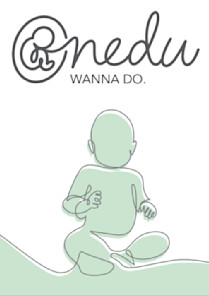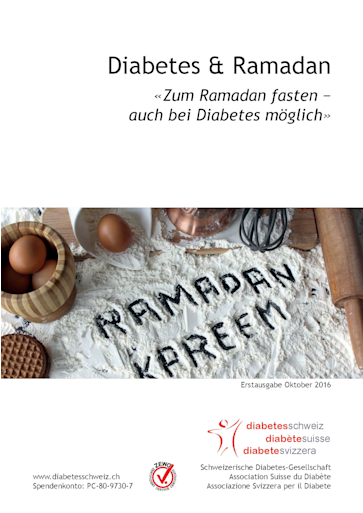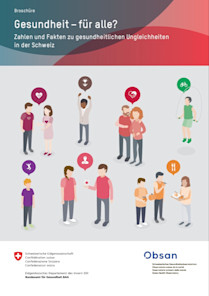Even people with type 1 or type 2 diabetes can fast to Ramadan - but because of the metabolic disease they are not required to do so according to all Islamic law schools. However, many believers insist on keeping fast. During Ramadan, during the daytime fasting and meals are taken after sunset, there is a risk of hypoglycaemia (hypoglycaemia) during the day and the risk of hyperglycaemia (hypoglycaemia) at night. For fasting to be as risk-free as possible, diabetics need to adapt their therapy to the new eating habits and observe a few rules.
Other languages on request at the organization Diabetes Switzerland.
Even people with type 1 or type 2 diabetes can fast to Ramadan - but because of the metabolic disease they are not required to do so according to all Islamic law schools. However, many believers insist on keeping fast. During Ramadan, during the daytime fasting and meals are taken after sunset, there is a risk of hypoglycaemia (hypoglycaemia) during the day and the risk of hyperglycaemia (hypoglycaemia) at night. For fasting to be as risk-free as possible, diabetics need to adapt their therapy to the new eating habits and observe a few rules.
Other languages on request at the organization Diabetes Switzerland.


